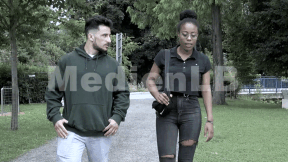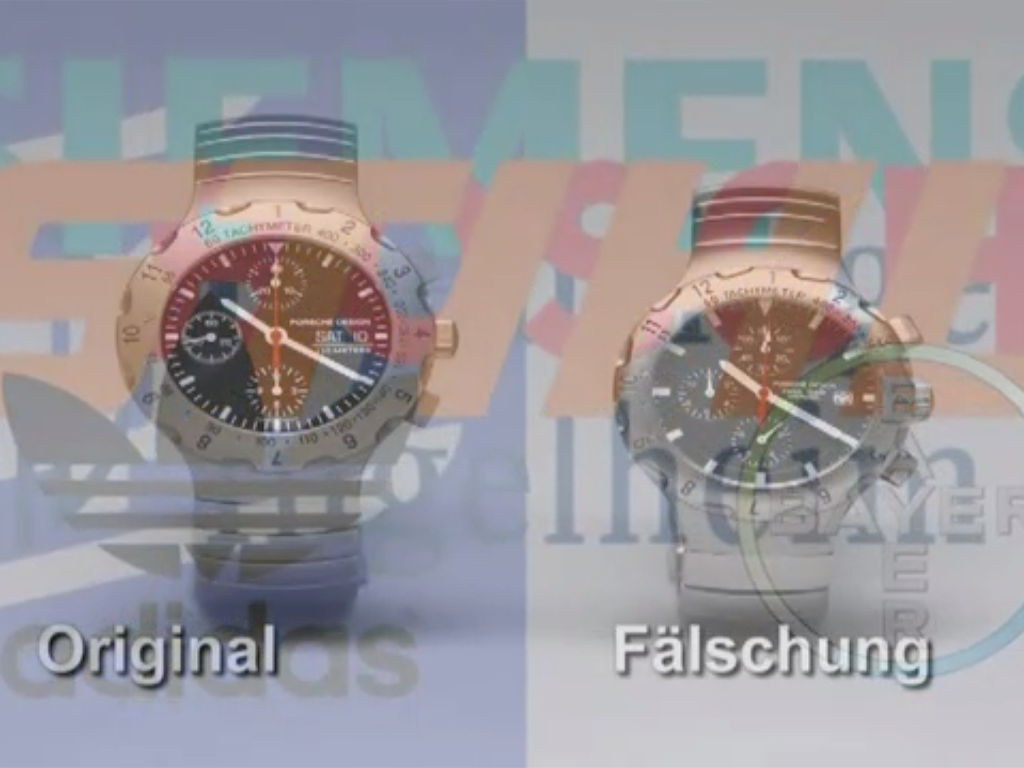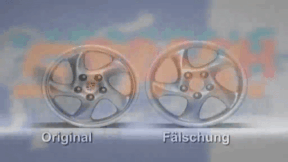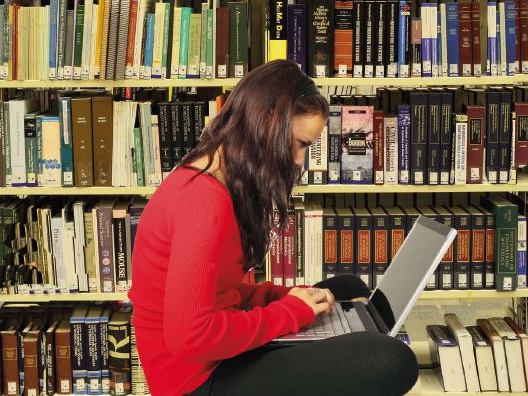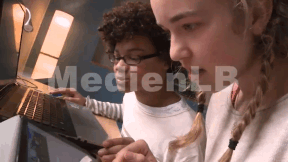 Artistry
Artistry
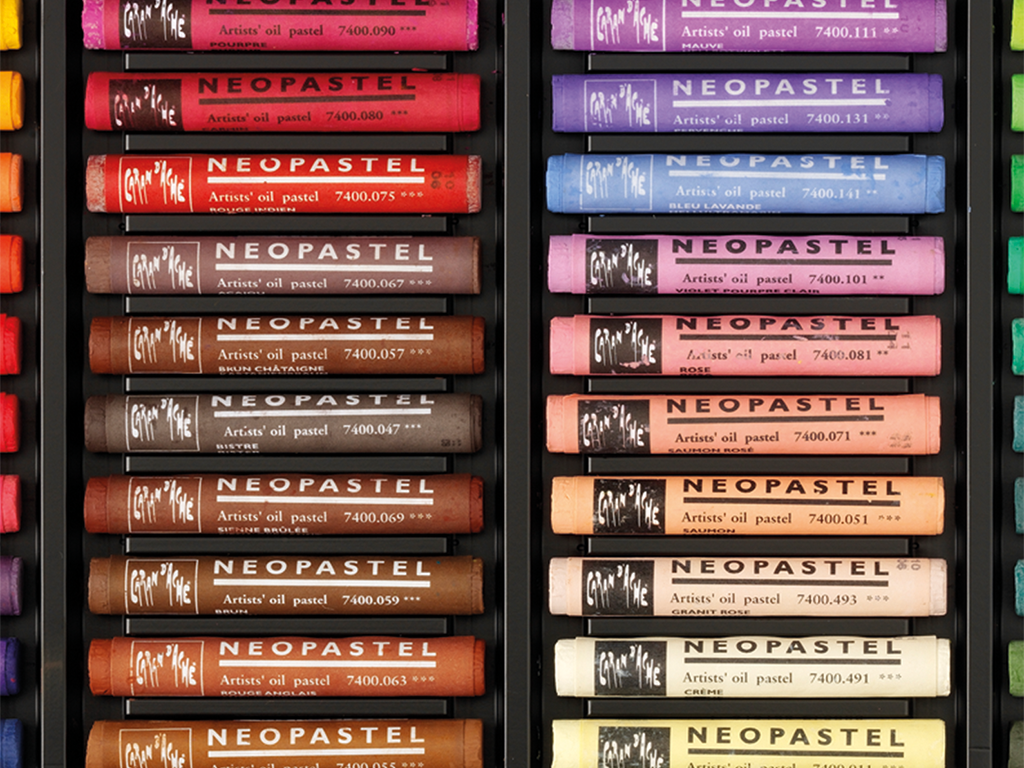

4678994 / 5565754
Colours
Mixing, Effect, Symbolism
Colour is something ordinary. But colours determine nature and our life fundamentally. In the animal and plant kingdoms the colourful diversity of nature is not a whim but mostly serves a purpose. Striking colours are often designed to transmit specific signals, either courting or attractant signals, in the animal kingdom and with flowering plants. Colours play an important role also as an aposematic deterrent or as a camouflage from enemies. In nature, colour is often an important and frequently vital factor. Humans have always used colours as a decorative element and for the transmission of information. But where do things in life get their colours from? What actually is colour?
Play trailer
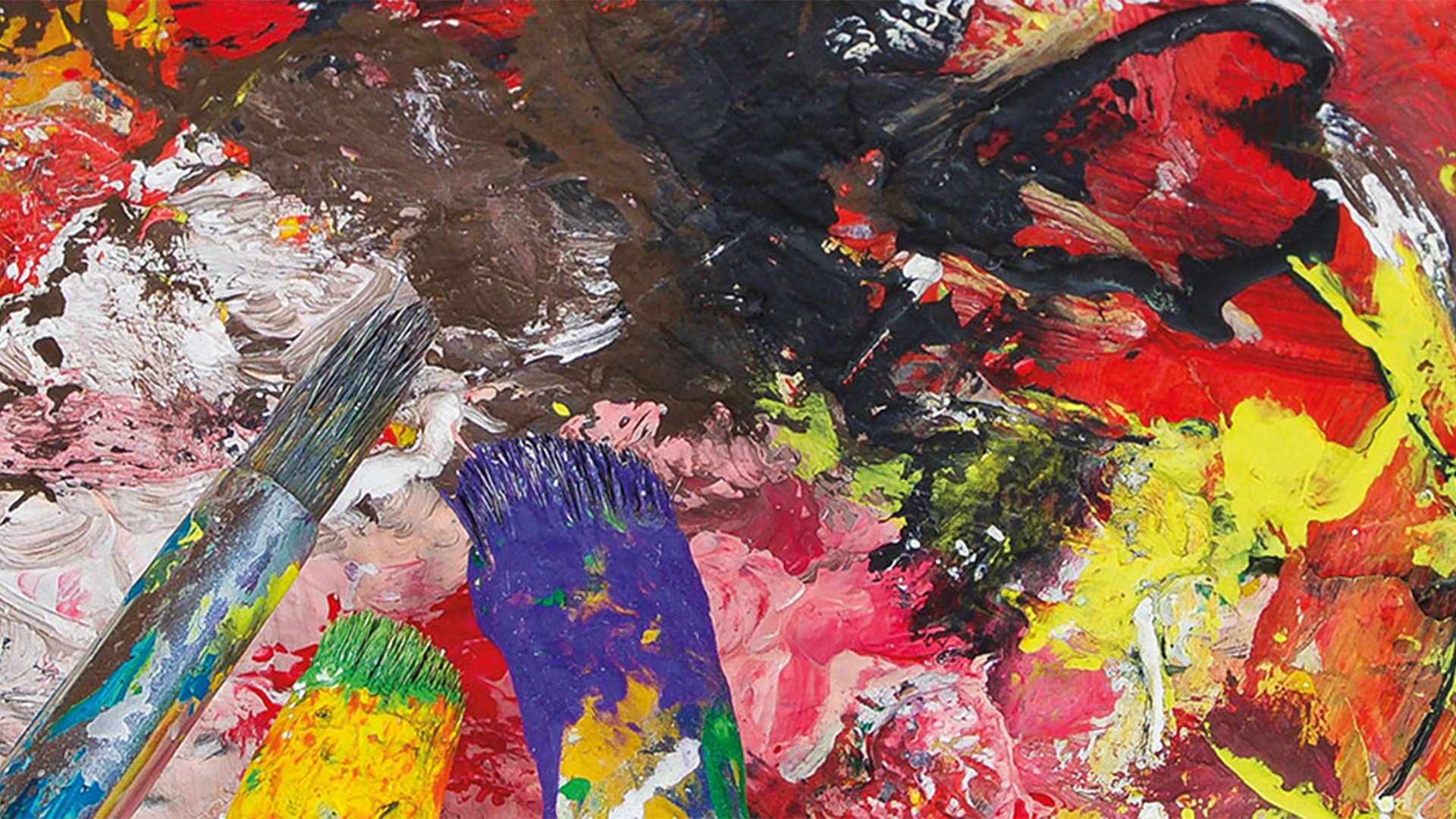
Curriculum-centred and oriented towards educational standards
Matching
Product Piracy
Counterfeiting takes place in almost all economic sectors – textiles, watches, car parts, machine parts, tools, accessories, software and medicines. Some counterfeits are easy to recognise, others are so well-executed that even experts have difficulty distinguishing between original and imitation. This DVD covers the development of a product from idea to manufacture. Once a product has become a trademark, product pirates appear on the scene.





